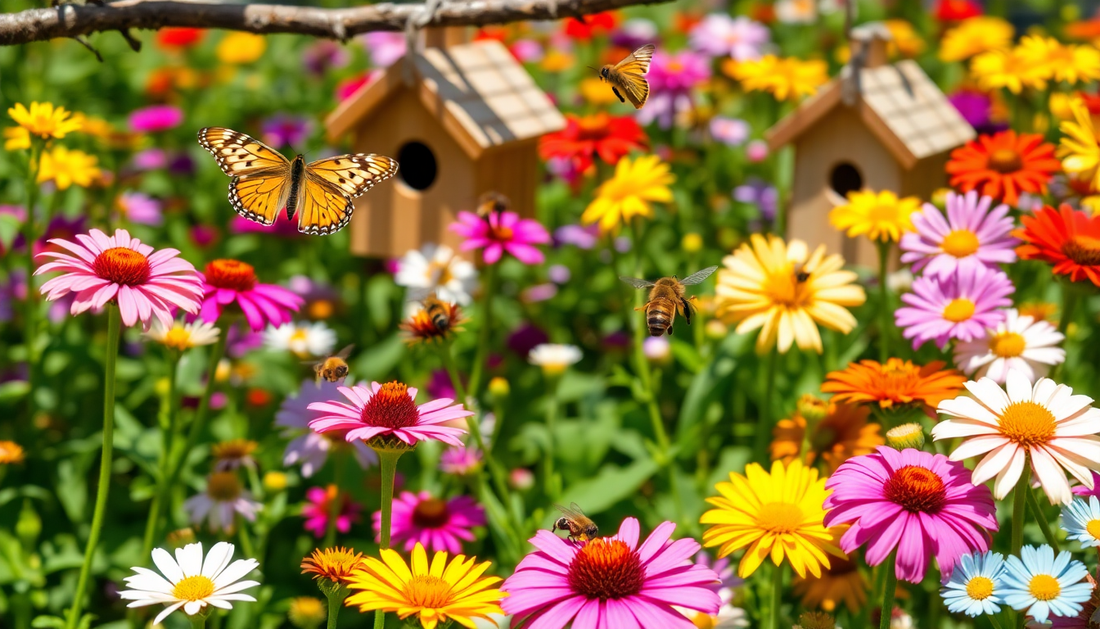
Attract More Pollinators to Your Flower Garden
As a gardener, you may have noticed the decline in pollinator populations in recent years. Bees, butterflies, and other pollinators play a crucial role in the health of our ecosystems, and their declining numbers can have far-reaching consequences. Fortunately, there are steps you can take to create a pollinator-friendly garden and attract more of these essential creatures to your outdoor space.
Choosing the Right Plants
The foundation of a pollinator-friendly garden is the selection of plants that are attractive to bees, butterflies, and other pollinators. When choosing plants, look for native species that are well-suited to your local climate and soil conditions. Native plants are often more attractive to native pollinators, as they have evolved together over time.
Some of the best plants for attracting pollinators include:
- Coneflowers (Echinacea spp.)
- Sunflowers (Helianthus spp.)
- Bee balm (Monarda spp.)
- Lavender (Lavandula spp.)
- Zinnias (Zinnia elegans)
- Milkweed (Asclepias spp.)
- Lantana (Lantana camara)
When planning your garden, aim for a diverse mix of plants that bloom at different times throughout the growing season. This will ensure a constant source of nectar and pollen for your pollinator visitors.
Creating a Diverse Habitat
In addition to providing a variety of nectar-rich plants, it's important to create a diverse habitat that meets the needs of different pollinator species. This can include:
Providing Water Sources
Pollinators need access to clean, fresh water for drinking and bathing. You can create a simple birdbath or shallow dish filled with pebbles and water to provide this essential resource.
Offering Shelter
Pollinators need places to rest, nest, and overwinter. Leave areas of your garden with bare soil or leaf litter for ground-nesting bees, and consider installing bee houses or bug hotels to provide additional shelter.
Avoiding Pesticides
Pesticides can be harmful to pollinators, so it's best to avoid using them in your garden. Instead, focus on natural pest control methods, such as introducing beneficial insects or using organic, pollinator-safe products.
Leaving Some Areas Wild
Allow some areas of your garden to remain untouched, with fallen leaves and dead plant material left in place. This provides important habitat and overwintering sites for pollinators.
Educating and Engaging Others
Once you've created a pollinator-friendly garden, consider sharing your knowledge and inspiring others to do the same. You can:
- Host a pollinator-themed event or workshop in your community
- Participate in citizen science projects that track pollinator populations
- Encourage your neighbors to create their own pollinator-friendly gardens
- Advocate for pollinator-friendly policies and practices in your local government
By working together, we can all play a role in supporting the health and diversity of our pollinator populations.
Conclusion
Creating a pollinator-friendly garden is a rewarding and impactful way to support the environment and contribute to the conservation of these essential creatures. By choosing the right plants, providing diverse habitats, and educating others, you can make a real difference in your local ecosystem. So, get out there and start attracting more pollinators to your flower garden!






No comments